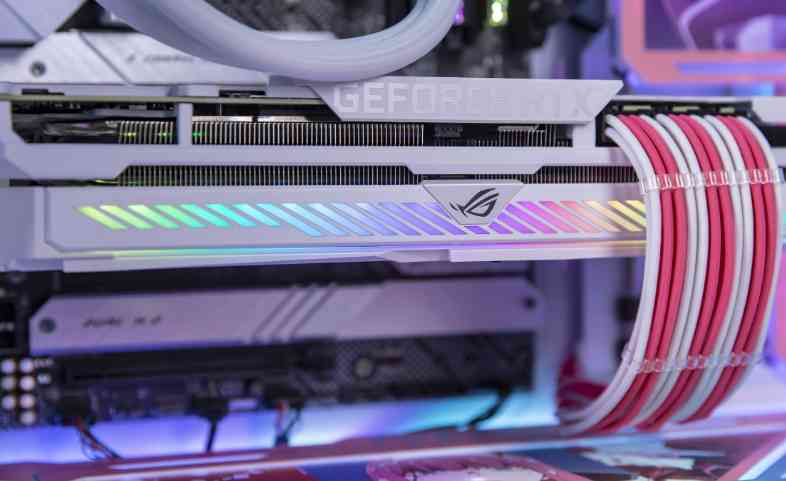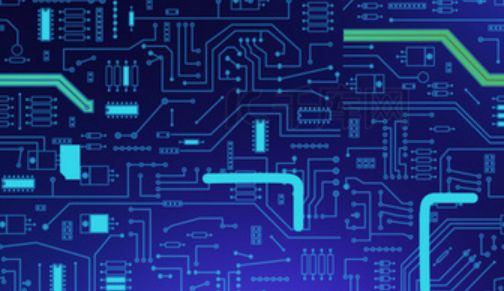
Napoleon said that "a soldier who does not want to be a general is not a good soldier", and likewise, "a PCB engineer who does not want to be a master of his profession is not a good PCB engineer". So, as a PCB design beginner or cute new PCB engineer, how to become a PCB design master? Take your time, let's see if you have mastered the following tips.
1. How to choose PCB board?
The selection of PCB board must strike a balance between meeting the design requirements and mass production and cost. The design requirements include both electrical and institutional parts. This material issue is often important when designing very high speed PCB boards (frequencies greater than GHz). For example, the dielectric loss of the FR-4 material commonly used today will have a large effect on signal attenuation over a few GHz frequency and may not be suitable. In the case of electrical dielectric notice whether the dielectric constant and dielectric loss will be dielectric combined at the designed frequency.
2. How to avoid high-frequency interference?
The basic idea of avoiding high-frequency interference is to minimize the interference of high-frequency signal electromagnetic field, which is called Crosstalk. You can increase the distance between the high-speed signal and the analog signal, or add ground guard/shunt traces to the analog signal. Also pay attention to digital ground to analog ground noise interference.
3. How to solve the problem of signal integrity in high-speed PCB design?
Signal integrity is basically a matter of impedance matching. The impedance matching factors include source architecture and output impedance, characteristic impedance of the track, characteristics of the load side, and topology architecture. The way to solve this problem is by termination and adjusting the topology of cable routing.
4. Can ground wires be added in the middle of differential signal lines?
Generally, ground wires cannot be added in the middle of differential signals. Because the most important application principle of differential signals is the benefits brought by coupling between differential signals, such as flux cancellation, noise immunity, etc. If a ground wire is added in the middle, the coupling effect will be broken.
5, in the cloth clock, is it necessary to add ground wire shield on both sides?
Whether to add shielding ground wire should be decided according to the crosstalk /EMI situation on the board, and if the treatment of shielding ground wire is not good, it may make the situation worse.
6, allegro wiring appears a section of line segment (there is a small box) how to deal with?
The reason for this is that after the module is reused, an automatically named group is generated, so the key to solve this problem is to re-smash the group by selecting the group in the placement edit state and then shattering it.
Once this command is done, move all the small boxes by hitting ix 0 0.
7. How to meet EMC requirements as far as possible without causing too much cost pressure?
The increased cost caused by EMC on PCB board is usually caused by increasing the number of layers to enhance shielding effect and increasing ferrite bead and choke to inhibit high frequency harmonic devices. In addition, it is usually necessary to match the shielding structure on other organizations to make the entire system pass EMC requirements. The following are just a few of the PCB board design tips to reduce the electromagnetic radiation effect generated by the circuit:

1) When possible, use devices with slow signal slope (slew rate) to reduce the slew components.
2) Pay attention to the position of the high-frequency devices, do not be too close to the external connector.
3) Pay attention to impedance matching, routing layer and return current path of high-speed signals to reduce high-frequency reflection and radiation.
4) Place enough and appropriate de-coupling capacitors in the power pins of each device to mitigate the noise on the power layer and the ground. Pay special attention to whether the frequency response and temperature characteristics of the capacitor meet the design requirements.
5) The ground near the external connector can be properly separated from the ground, and the ground of the connector should be connected to the chassis ground.
6) ground guard/shunt traces can be properly used beside some particularly high-speed signals. However, pay attention to the influence of guard/shunt traces on the characteristic impedance of the line.
7) The power layer is 20H smaller than the formation, and H is the distance between the power layer and the formation.
8. What rules should be followed for the design of microstrip for high frequency PCB design above 2G?
In RF microstrip line design, the transmission line parameters need to be extracted by three-dimensional field analysis tools. All the rules should be specified in the field extraction tool.
9. Which end of the AC coupling on the high speed signal on the PCB board is better? It is common to see different processing approaches, some near the receiving end and some near the transmitting end
Let's first look at the functions of AC coupling capacitor, there are no more than three points: (1) the source and sink terminal DC are different, so DC is separated; (2) Signal transmission may crosstalk into the DC component, so DC separation makes the signal eye picture better; ③AC coupling capacitors can also provide DC bias and overcurrent protection. After all, the role of the AC coupling capacitor is to provide DC bias, filter out the DC component of the signal, and make the signal symmetric about the zero axis. Then why add the AC coupling capacitance? Of course, it is beneficial. Adding the AC coupling capacitance is definitely to make the communication between the two stages better, which can improve the noise tolerance. Keep in mind that AC coupled capacitors are generally points of impedance discontinuity for high-speed signals and can cause signal edges to become slow.
So, the answer is clear:
1) Some agreements or manuals will provide design requirements, we will place according to the design guideline requirements.
2) There is no requirement of article 1. If it is IC to IC, please place it close to the receiving end.
3) If it is IC to connector, place it close to the connector.
10. How to check whether the PCB meets the design process requirements when leaving the factory?
Many PCB manufacturers have to go through the network connection test of power-on before PCB processing is completed, to ensure that all the connections are correct. At the same time, more and more manufacturers are also using X-ray tests to check for some faults in etching or laminating. For the finished board after patch processing, ICT test and inspection are generally adopted, which requires adding ICT test points during PCB design. If something goes wrong, a special X-ray inspection device can be used to determine whether the fault is caused by processing.







